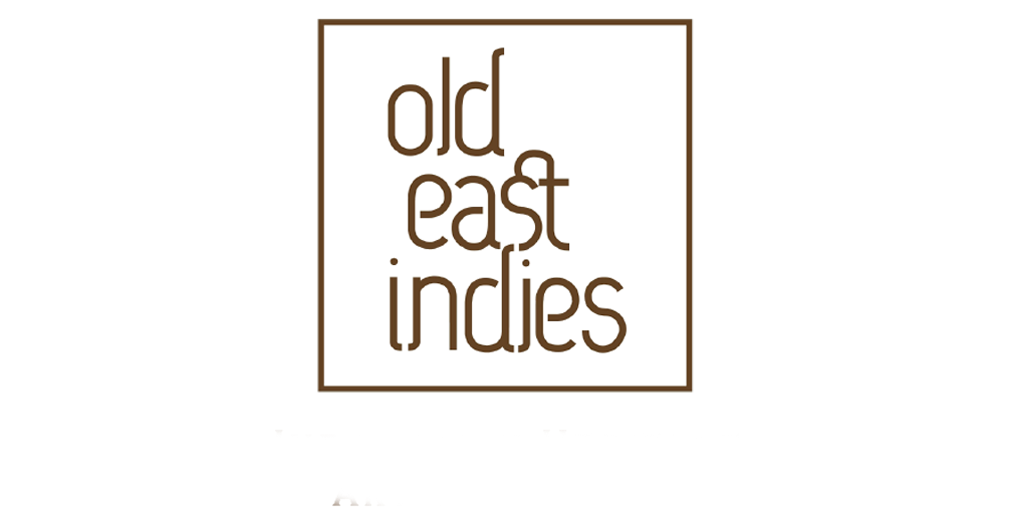Cassowary Bird ~ Year 1849 ~ Framed
Distributed in Indonesia, Papua New Guinea and northeastern Australia, it mainly inhabits tropical rainforests but may make use of nearby savannah forests or mangroves stands. Eggshell fragments of cassowaries found at two prehistoric sites in Papua New Guinea suggest that humans may have been 'farming' cassowaries as early as 18,000 years ago. Originally published by the famous Charles d'Orbigny, in 'Dictionnaire Universel D’histoire Naturelle Atlas', one of the most celebrated works on Natural History from the 19th century.
Charles d'Orbigny (1802 – 1857) was a French naturalist who made major contributions in many areas, including zoology, malacology, paleontology, geology, archaeology and anthropology. His contemporary, Charles Darwin, arrived in South America in 1832, and on hearing that he had been preceded, grumbled that D'Orbigny had probably collected "the cream of all the good things'. Darwin later called D'Orbigny's Voyage a "most important work". They went on to correspond, with D'Orbigny describing some of Darwin's specimens.
Size 42.6 by 33.6 cm
Quality Recycled Art Paper
Mounted with Thick Art Cardboard
Wooden Frame and Glass
Description on the Back
Our framed art prints are printed on recycled uncoated speckled art paper and framed with eco-friendly wood.
Distributed in Indonesia, Papua New Guinea and northeastern Australia, it mainly inhabits tropical rainforests but may make use of nearby savannah forests or mangroves stands. Eggshell fragments of cassowaries found at two prehistoric sites in Papua New Guinea suggest that humans may have been 'farming' cassowaries as early as 18,000 years ago. Originally published by the famous Charles d'Orbigny, in 'Dictionnaire Universel D’histoire Naturelle Atlas', one of the most celebrated works on Natural History from the 19th century.
Charles d'Orbigny (1802 – 1857) was a French naturalist who made major contributions in many areas, including zoology, malacology, paleontology, geology, archaeology and anthropology. His contemporary, Charles Darwin, arrived in South America in 1832, and on hearing that he had been preceded, grumbled that D'Orbigny had probably collected "the cream of all the good things'. Darwin later called D'Orbigny's Voyage a "most important work". They went on to correspond, with D'Orbigny describing some of Darwin's specimens.
Size 42.6 by 33.6 cm
Quality Recycled Art Paper
Mounted with Thick Art Cardboard
Wooden Frame and Glass
Description on the Back
Our framed art prints are printed on recycled uncoated speckled art paper and framed with eco-friendly wood.
Distributed in Indonesia, Papua New Guinea and northeastern Australia, it mainly inhabits tropical rainforests but may make use of nearby savannah forests or mangroves stands. Eggshell fragments of cassowaries found at two prehistoric sites in Papua New Guinea suggest that humans may have been 'farming' cassowaries as early as 18,000 years ago. Originally published by the famous Charles d'Orbigny, in 'Dictionnaire Universel D’histoire Naturelle Atlas', one of the most celebrated works on Natural History from the 19th century.
Charles d'Orbigny (1802 – 1857) was a French naturalist who made major contributions in many areas, including zoology, malacology, paleontology, geology, archaeology and anthropology. His contemporary, Charles Darwin, arrived in South America in 1832, and on hearing that he had been preceded, grumbled that D'Orbigny had probably collected "the cream of all the good things'. Darwin later called D'Orbigny's Voyage a "most important work". They went on to correspond, with D'Orbigny describing some of Darwin's specimens.
Size 42.6 by 33.6 cm
Quality Recycled Art Paper
Mounted with Thick Art Cardboard
Wooden Frame and Glass
Description on the Back
Our framed art prints are printed on recycled uncoated speckled art paper and framed with eco-friendly wood.





